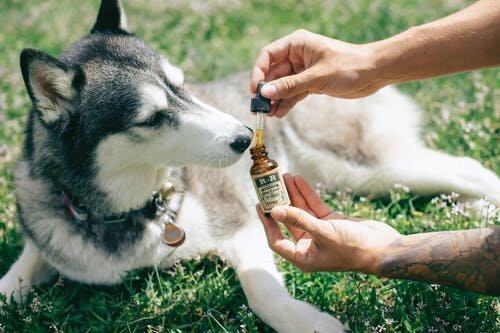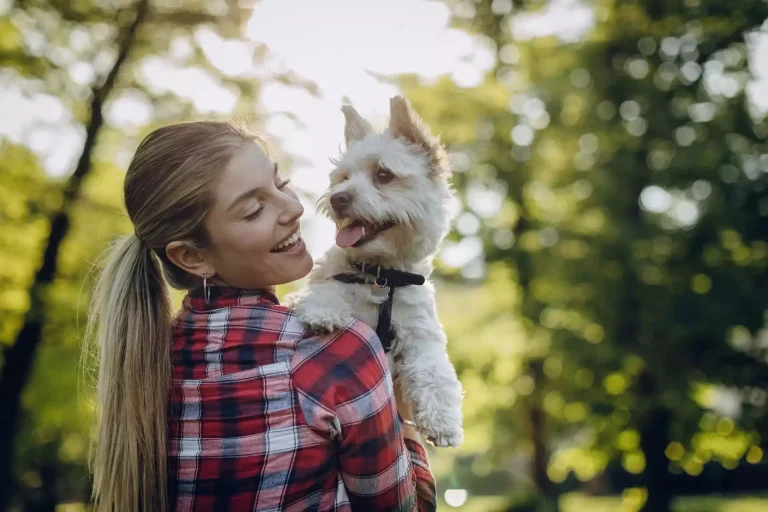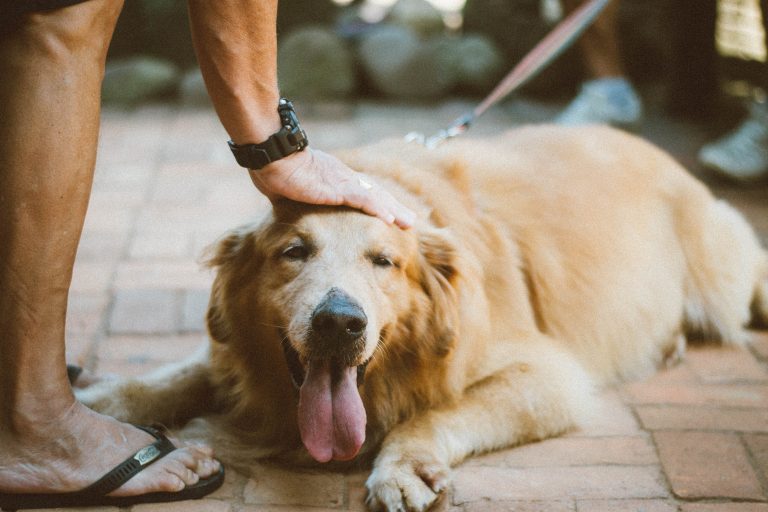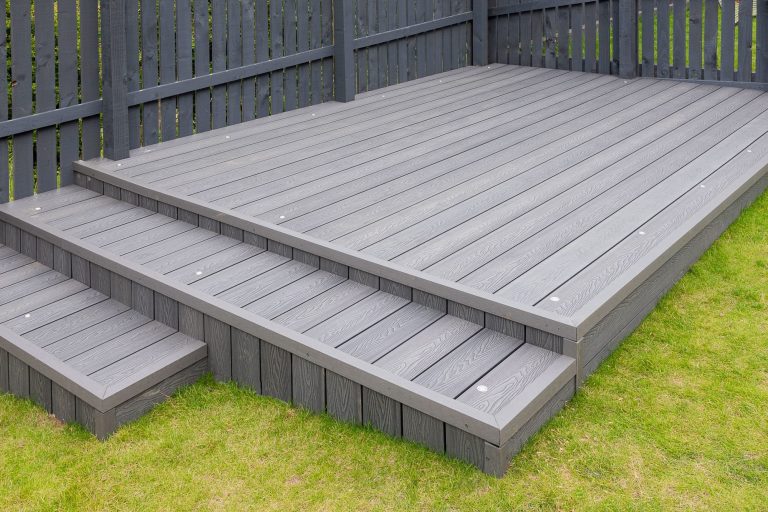Pet food is a high cost, especially for owners with numerous or massive pets. For people who make careful arrangements to provide their pets with excellent food, wasting due to damage can be a real strain on spending and time. Also, even foods that are not visibly damaged can lose their food benefits if not stored properly. Adequate pet feeding capacity is a tough decision for any pet owner.
Storing pet food means avoiding a range of food safety hazards: form, germs, bugs, and even oxygen itself. The presence of oxygen causes oxidation – the highly compound cycle that makes iron rust. This will drain the food benefits of the food. Even though oxidation can not be prevented entirely, the shyness of fixing food in a vacuum tends to be below. Whenever possible, store food in its single compartment and place it inside a sealable holder. This will reduce the wind flow to the food, keeping it fresh.
Microbes are the second significant danger to the quality and safety of pet food. Microorganisms bloom in hot, humid, and weak conditions. Noise is not a factor that can undoubtedly be removed from the pet food stock, but you can somewhat control the temperature and humidity.

Locate a cool, dry place in your home to store pet food. Avoid cellars and toilets, as they will generally attract moisture, perhaps a hidden area outside which remains dry, a parking space, or under a kitchen counter (not under the sink!). Similar rules apply to counteracting shapes. Remember that while refrigeration will help ensure the healthy benefit of pet food, it could make it less home to your pet, even after reheating.
Creepy crawlies can be a significant parasite when it comes to eliminating pet food. Ideally, your holder seals firmly enough to prevent them from entering. Otherwise, try to wrap the holder with obstruction of infant powder or other fine powder. Ants and other creepy creepers that do not fly face problems that intersect such obstacles. You can also use an insect shower. However, make sure it is scorched before setting the compartment in the region where you do not need to escape from the spray that soils your pet food.
Finally, no matter how conscious you are about storing pet food, all pet food has a limited life expectancy. Look for the date “Best used by” in the pet food group and don’t accept more food than you can use at that time.









